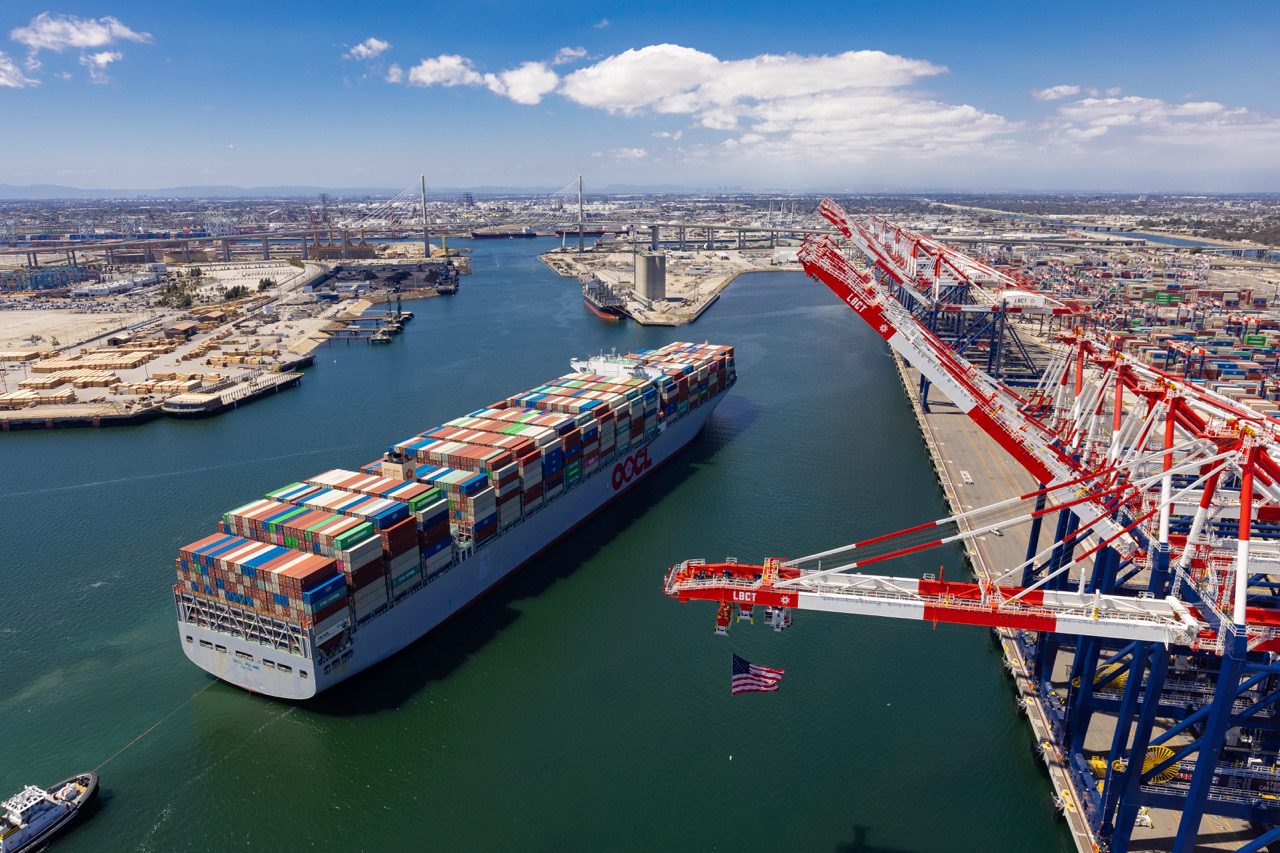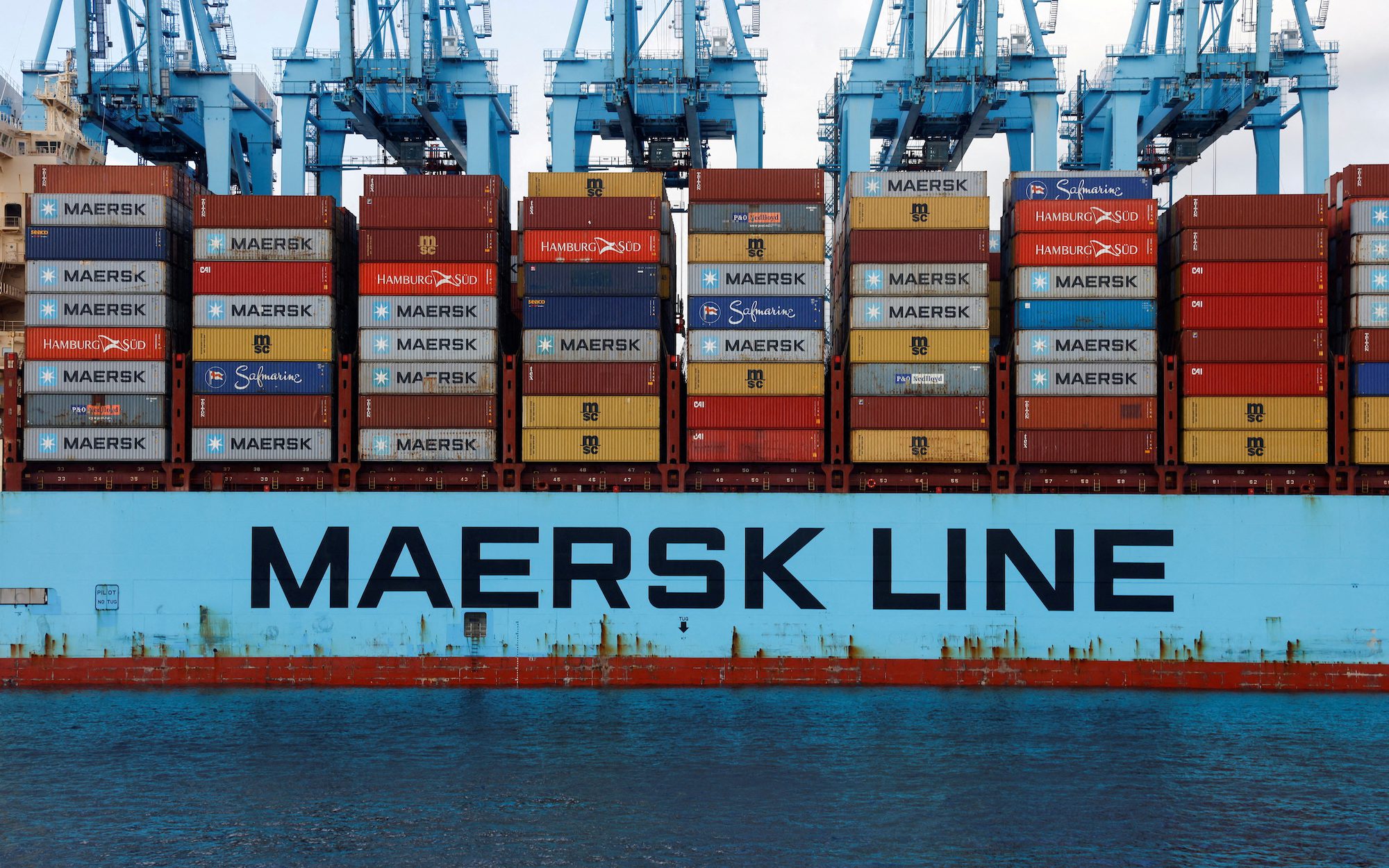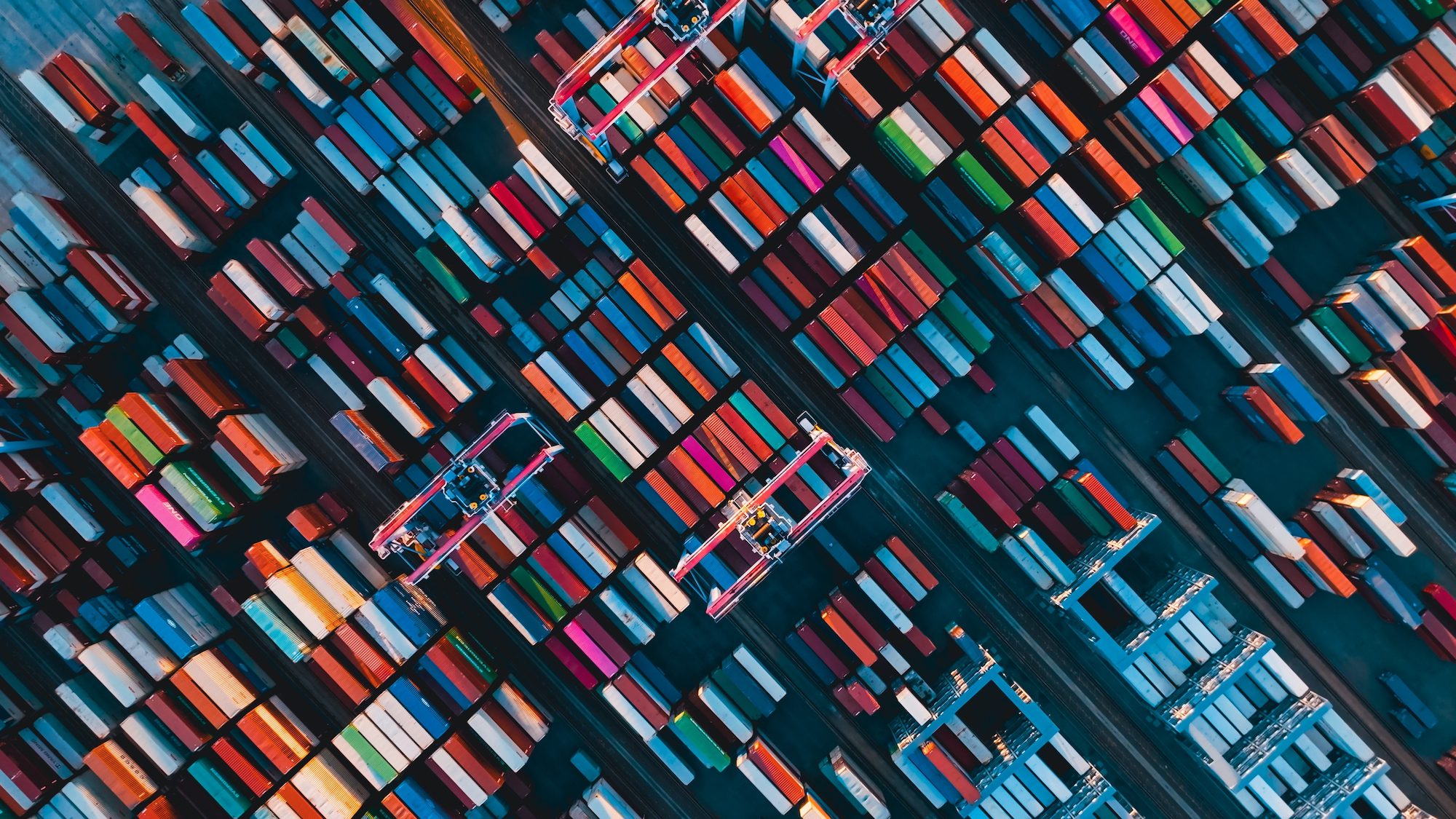By Mihir Mishra (Bloomberg) —
India plans to spend 850 billion rupees ($10 billion) to purchase 112 crude carriers through 2040, people familiar with the matter said, as the world’s third-biggest importer of oil seeks to have its own fleet to secure supplies.
State-owned oil companies currently operate an aging fleet that’s mostly on-charter from global companies and the shipping and petroleum ministries want to change that, said the people, who asked not to be identified citing rules. The plan’s first phase involves purchasing 79 ships, of which 30 of them would be medium-range vessels, they said.
The purchase order for 10 tankers should come out as early as this month, the people said. Only ships built locally — even if there’s foreign collaboration — will be considered for purchase, they said.
Despite the global push for transition to cleaner sources of energy, India’s crude oil refining capacity is set to expand — to 450 million tons by the end of the decade from about 250 million tons now — on the back of growing domestic and overseas demand for oil products. For a nation that relies on imports for the bulk of its crude oil needs, it’s imperative to have sufficient shipping capacity of its own to carry out its energy trade.
India targets to raise the share of locally built oil tankers in its fleet to 7% by 2030 from 5% at present, the people said. The idea is to eventually increase it to 69% by 2047 — the deadline the country has set for becoming a developed nation.
The shipping and petroleum ministries and the government’s Press Information Bureau didn’t immediately respond to emailed requests for comments.
Prime Minister Narendra Modi’s government this year announced a 250 billion-rupee fund to support the country’s maritime sector, with one of its goals being to eventually reduce reliance on foreign-built vessels and bolster indigenous shipbuilding capacity.
India is also planning to add shipping capacity for transporting coal, fertilizer and steel, the people said. The idea is to replace most of it with India-built ships going ahead.
Lacking Scale
India’s ship building industry is still nascent and lacks scale in the absence of sufficient captive demand for ships, the people said. The economies of scale will follow once global shipbuilding companies come to India and build for the world, they said.
While the MT Maharshi Parashuram is the largest India-built oil tanker at 238-meters long and a deadweight tonnage of 93,332 metric tons, it dwarfs in comparison to China’s Minsheng Financial Leasing-owned Oceania — a supertanker measuring 380 meters long and boasting a deadweight tonnage of 441,584 metric tons.
The Indian government’s intent is to provide demand side stimulus for ship building companies, the people said, adding the country is inviting shipbuilders from Japan and South Korea to build ships with the promise of incentives.
South Korea’s HD Hyundai Heavy Industries Co. is in discussions with India’s state-owned Cochin Shipyard Ltd. for a new facility in the southwestern Indian coastal city of Kochi, local media reported. India has also held talks with Korean shipbuilders Samsung Heavy Industries Co. and Japan’s Nippon Yusen KK, also known as NYK Line, a local official had said earlier.
“It is a good move from energy security point of view since the dependence on China for a lot of these services is high,” according to Rajiv Jalota, a former chairman of government-owned Mumbai Port Trust. “The world needs to develop alternatives.”
© 2025 Bloomberg L.P.

 Join The Club
Join The Club










